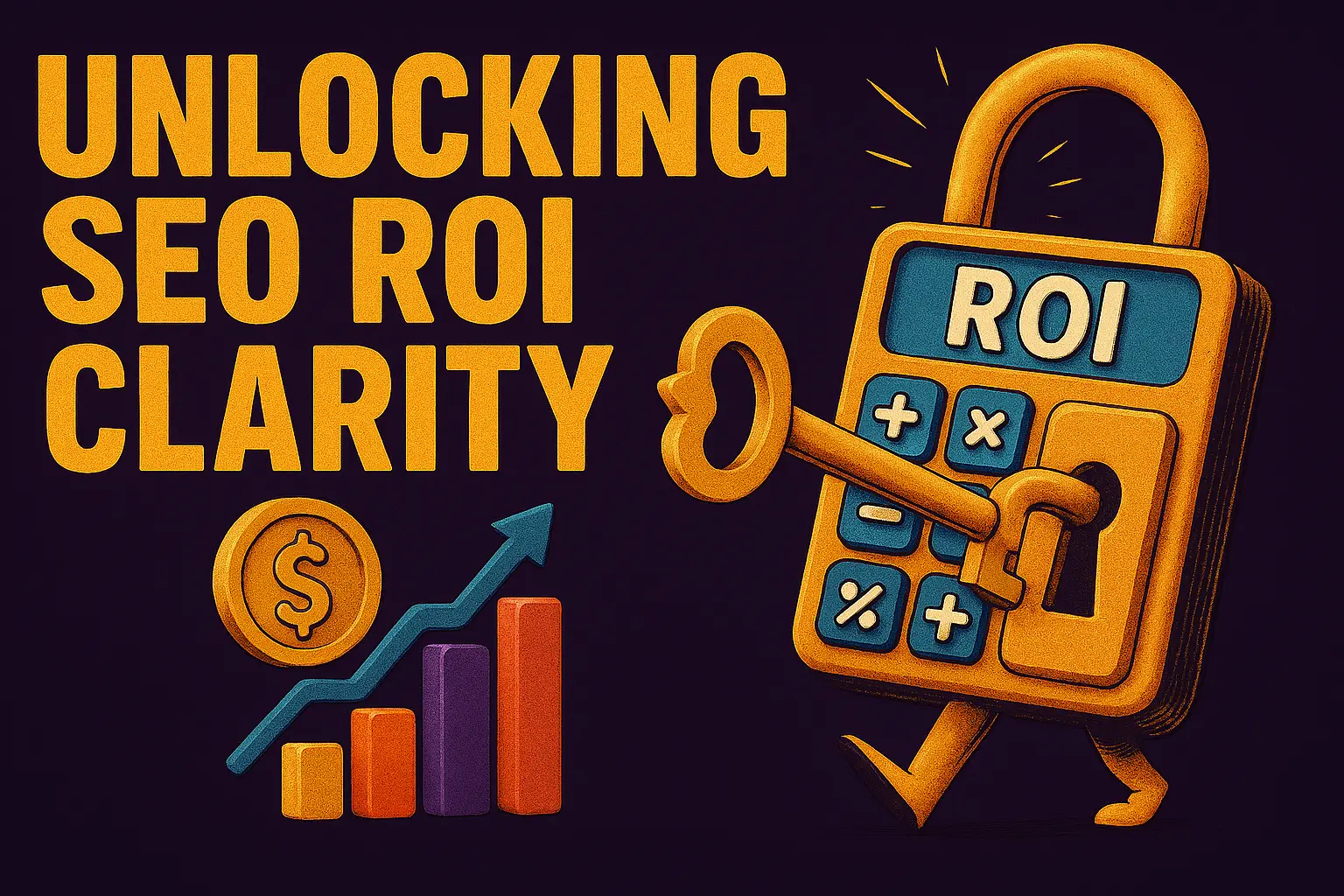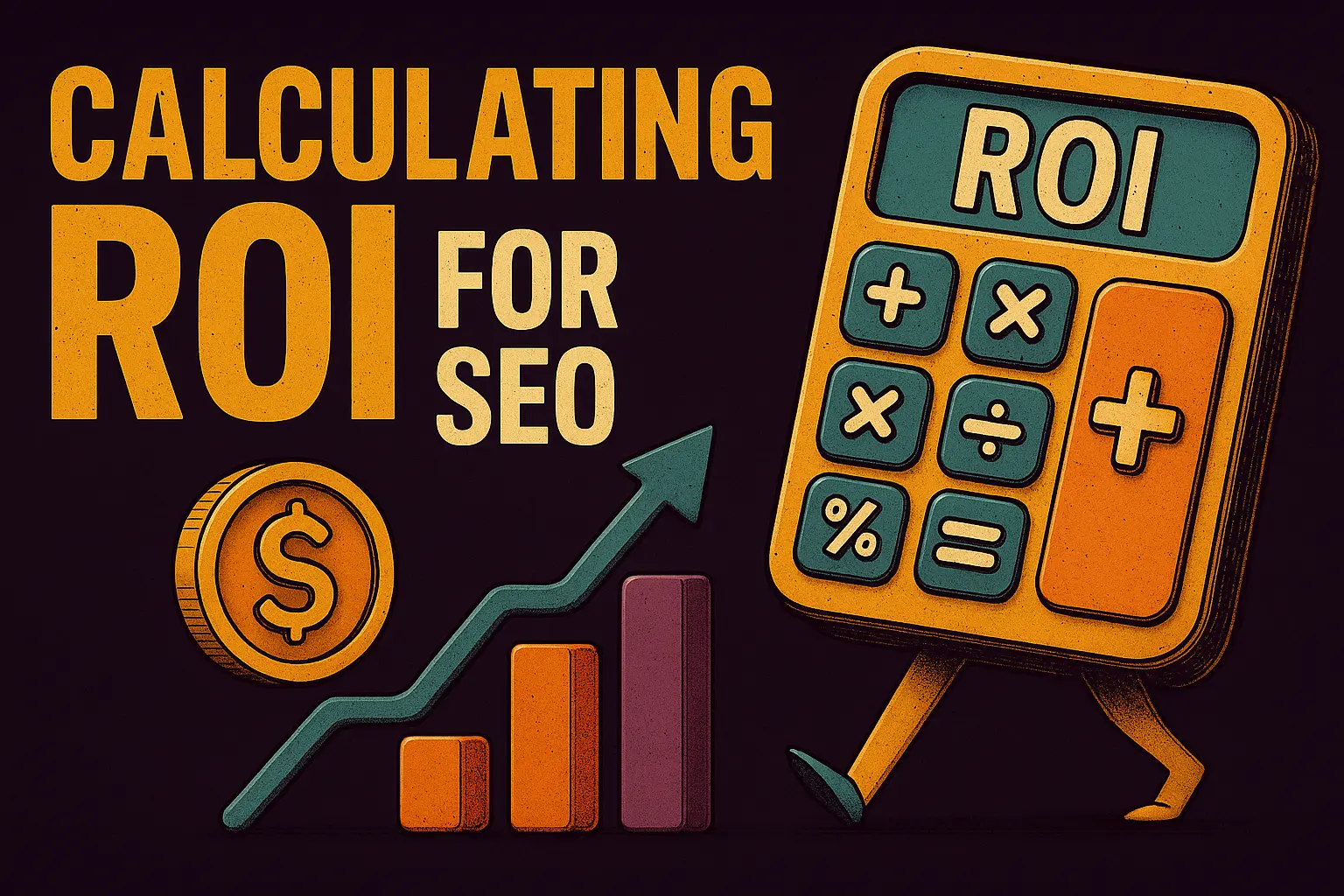

You’ve heard it a thousand times: “SEO takes time.”
Sure — and so does growing a beard, but at least you can see that progress in the mirror.
The problem? Most business owners keep pouring money into “SEO strategies” without actually knowing whether it’s doing anything.
What you really want to know is simple:
“If I’m spending on SEO, how soon before I can see a return — and how do I prove it’s not just my marketer’s good vibes talking?”
Let’s break it down. No jargon. No mystical “SEO magic.” Just numbers, psychology, and a reality check.
Many SEO reports are a parade of vanity metrics:
Here’s the truth: If your SEO data isn’t tied directly to business outcomes, it’s theatre — not marketing.
We measure ROI like this:
If you want to know whether your SEO is paying off, answer these:
If you can’t say yes to all three, your SEO is like an expensive treadmill in the garage — technically running, but going nowhere.
The internet loves to say “SEO takes 6–12 months.”
That’s not wrong… but it’s also lazy advice.
The shortcut? Focus your SEO firepower on revenue-ready keywords first — the ones people Google when their credit card is already halfway out of their wallet.
Let’s say:
Revenue: 300 × 15% × $2,000 = $90,000
ROI: ($90,000 – $15,000) ÷ $15,000 = 500%
That’s not “ranking for fun.” That’s printing money (the legal way).

Even with perfect data, people struggle to feel ROI. Why?
Our fix? Translate SEO results into business language your brain actually cares about:
Instead of “your CTR went up,” say: “We generated an extra 17 booked calls last month without increasing ad spend.”
When we run SEO for a client, ROI isn’t a mystery because we:
We don’t just want you ranking. We want you saying:
“I can prove SEO made me this much money.”
If you can’t answer exactly how your SEO contributes to your bottom line, you’re not getting ROI clarity — you’re getting smoke and mirrors.
Track the right numbers, ditch the vanity metrics, and remember:
“Traffic is nice. Revenue is nicer.”